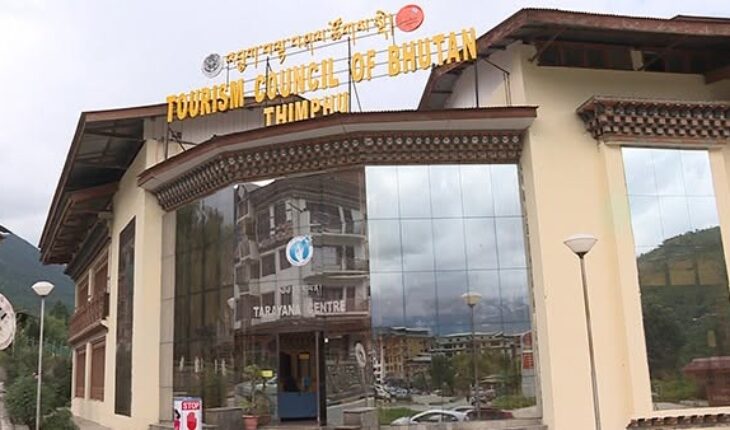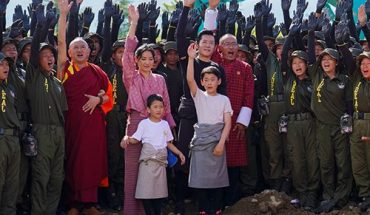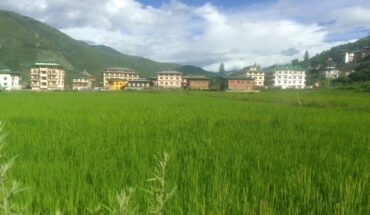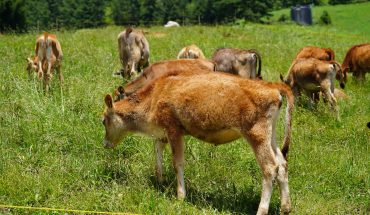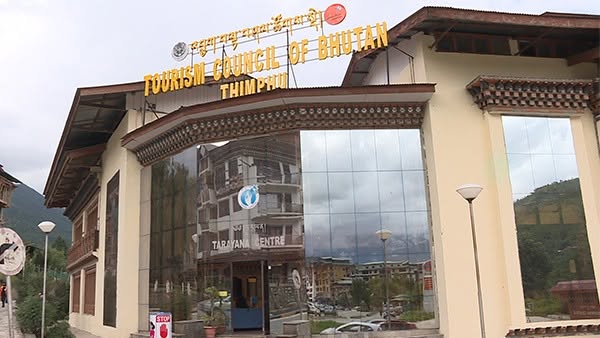
NGAWANG JAMPHEL
Thimphu
Tourism in Bhutan is slowly picking up again. By the end of June this year, the country recorded a total of 100,675 tourist arrivals, of which 63,393 were Indian visitors, and 35,282 came from other countries.
Tour operators and guides across Bhutan report an encouraging increase in bookings compared to the past few years.
Ugyen Dorji, a tour operator based in Thimphu, said, “Things are slowly getting better. Indian tourists are coming in good numbers again. I’m also getting guests from Thailand and Europe.”
As of now, Bhutan has a total of 557 hotels and homestays, including 20 five-star, 21 four-star, 200 three-star, 61 two-star, and 92 one-star hotels, along with 162 village homestays.
The tourism sector also has 1,137 registered travel and tour agencies, the majority of which are concentrated in Thimphu and Paro.
However, tourism stakeholders in other parts of Bhutan say this western-centric focus creates an uneven playing field.
“Most tourists only visit Paro and Thimphu. But Bhutan has so much more to offer,” said Karma Lhendup, a tour guide based in Bumthang. “We have beautiful temples, sacred festivals, and pristine forests in central Bhutan. But not many tourists come here because everything is centered in the west.”
There are signs of change. More Indian tourists, in particular, are beginning to explore destinations beyond the traditional circuit.
Guides say visitors are showing interest in Punakha, Haa, and Phobjikha, attracted by their natural beauty and cultural charm.
Tashi Dema, a guide who primarily works with Indian tourists, shared, “Earlier, they used to come for quick trips, just covering Paro and Thimphu. But now, many want to experience nature and peaceful villages. They don’t want to rush.”
Village homestays are also gaining popularity. Tourists enjoy the opportunity to stay with local families, taste traditional Bhutanese cuisine, and learn about daily life in rural Bhutan.
Dorji Gyeltshen, who operates a small tour company in Paro, offers stays in a farmhouse in Haa Valley. “The guests really enjoy it,” he said. “They get to cook with the family, sleep on traditional mattresses, and experience real Bhutanese life.”
Yet, despite the growing number of tourists, small tour operators say they continue to struggle financially. Larger companies with more resources can afford to offer cheaper packages, making it difficult for smaller firms to compete.
“There are so many tour agencies now. Some offer very low prices, and we can’t match that,” said Phuntsho Dorji, who started his own company last year. “If we want to survive, we have to be creative and offer something special.”
To address this challenge, some agencies are now offering special interest tours such as birdwatching, textile learning, and photography expeditions, targeting tourists looking for unique and personalized experiences.
Jigme Norbu, another guide, recently led a birdwatching tour. “The guests didn’t even want to visit the usual places. They just wanted to spend time in the forest watching birds,” he said. “These kinds of tours are perfect for less-visited areas.”
However, poor infrastructure in the east and south continues to hinder tourism development.
“We want to take guests to places like Lhuentse and Samdrup Jongkhar, but the roads are bad and there are not enough hotels,” said Chimi Dorji, an adventure tour operator. “If we want tourists to go beyond Paro and Thimphu, we need to fix these issues.”
Tour guides also play a crucial role in shaping tourists’ experiences, but many say their work remains underappreciated.
“We are the ones who spend the most time with tourists. We explain everything and make their trip special,” said Pema Dorji, a guide in Paro. “But we still face low income and job insecurity.”
Some guides also expressed concerns about unlicensed operators offering unauthorized tours.
“There are people offering tours without a proper license. They charge less and don’t follow the rules,” said Tshering Choden, a guide in Thimphu. “This hurts Bhutan’s reputation and affects those of us who are doing things the right way.”
Despite the ongoing challenges, many in the tourism industry remain optimistic. The autumn season—typically the busiest time for tourism in Bhutan—is already generating interest.
“If things continue like this, we may see even more tourists next year,” said Kinley Tashi, a tour operator from Thimphu. “I’m already getting calls for October and November trips. People are interested in trekking, temple visits, and local festivals.”
Many industry stakeholders believe that for tourism to be truly inclusive and sustainable, development must extend beyond the western region.
“The recovery is happening, but it’s still not easy,” said Sonam Zangmo. “We need to make sure tourism brings income and benefits to everyone—guides, drivers, small hotels, and villagers too.”

